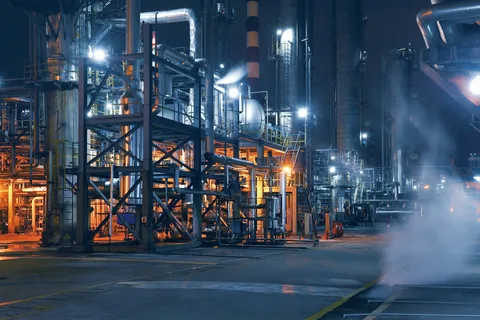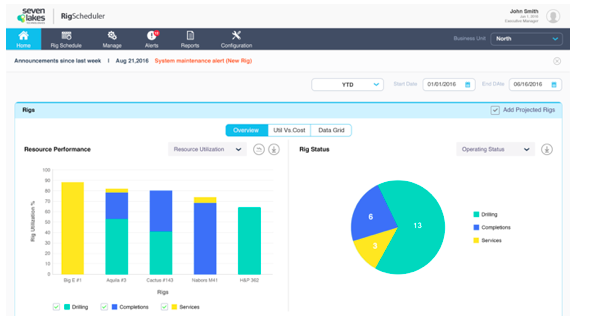It’s difficult to choose what type of elevator you want to install in your home, office or commercial buildings. There are various types of elevators and each one has its own pros and cons. Some are designed for high-rise buildings while some are best suited for residential use. Here in this article, we will be analysing and comparing two of the most common elevators used in commercial buildings. These elevators are traction elevators and hydraulic elevators.
- Traction Elevators
The main difference between hydraulic and traction elevators is the way they transport the cabin. In traction elevator system, the cab is transported using traction steel belts or ropes on a pulley. When compared to hydraulic elevators, traction elevators are
- More energy efficient.
- Offer a smoother ride
- Better suited for mid and high-rise buildings
Traction elevators have a counterweight which is used to offset the weight of passenger and the cab. With counterweight, the motor doesn’t have to transport much load, making the elevator more efficient than hydraulic elevator system.
Moreover, traction elevators are of two major types: geared and gearless. Both these models can be driven by either direct current (DC) or alternating current (AC).
Geared Elevators
These traction elevators have a gearbox which is attached to the which spins wheel and moved the belts or ropes. Geared elevators have the speed capacity of up to 500 ft. per minute. These elevators are also fairly priced in terms of upfront payment, maintenance costs, and energy usage.
Gearless Elevators
In these type of traction elevators, the sheave is directly attached to the motor. Gearless traction elevators have the ability to reach up to speed of 2000 ft. per minute. Moreover, these elevators have a high initial cost and fair maintenance costs. However, they’re more energy efficient as compared to geared elevators.
- Hydraulic Elevators
These type of elevators, unlike traction elevator systems, don’t work on overhead hoisting machinery. Hydraulic elevators move the cab by using a piston which is fluid-driven and fixed inside a cylinder. The fluid that is commonly used is oil-based. However, vegetable oil can be used in its place to reduce environmental impact.
When compared to traction elevator system, hydraulic elevators are found to be:
- Easier and cheaper to install
- Less costly to repair and maintain
- Better suited for low-rise buildings
- Better suited for transportation of heavy loads
Hydraulic elevators are most commonly installed in buildings that have up to five floors. It is because these elevators have a slower speed – mostly 150 ft. per minute or less, as compared to other types of elevators.
Another reason why hydraulic elevators are not usually installed in high-rise buildings is that they require a lot of energy to raise and lower the cab between several floors. In order to move the hydraulic elevator cab to reach high stories, you would need a longer piston and cylinder.
Moreover, there are two main types of hydraulic elevators:
Holed Hydraulic Elevators
These type of hydraulic elevators have hydraulic cylinders fixed inside a drilled hole and their cab is mounted on the piston which moves inside the cylinder. Holed hydraulic elevators allow up to 50 ft. of travel. The system of holed hydraulic elevators is also called in-ground hydraulic system.
Hole-less Hydraulic Elevators
These type of hydraulic elevators don’t need a drilled hole for movement. Instead, hole-less hydraulic elevators have pistons fixed inside the hoist way that moves the cab up and down. Due to this reason, they’re ideal for existing applications or areas where drilling is either too difficult or costly. However, it is advised that these elevators should not be installed in areas or buildings that require more than 40 ft. of travel.
PROS AND CONS OF TRACTION & HYDRAULIC ELEVATORS
Here are the main pros and cons of both traction and hydraulic elevators. Give it a read to understand your options better.
Hydraulic Elevators
Pros
- Easy and quick to install
- Low installation and maintenance cost
- Capable of transporting heavy loads
- No crane or roof access is required
- They have above-ground models that can be both with or without machine rooms.
Cons
- They are limited to low and mid-rise applications and aren’t suitable for high-rise ones.
- They require high power/energy.
- Their maximum speed is up to 150 ft. per minute.
- Energy used in the functioning of hydraulic elevators is lost as these elevators do not work on counterweight system.
Traction Elevators
Pros
- They can travel above 60 ft. of height.
- They’re better suited for high-rise buildings as compared to hydraulic elevators.
- They have a higher speed capacity as compared to hydraulic elevators.
- These elevators are more energy efficient because they use counterweight system.
Cons
- These elevators have high installation and maintenance costs.
- They usually require a crane.
- They can transport limited weight
- The cab of traction elevators has limited capacities




